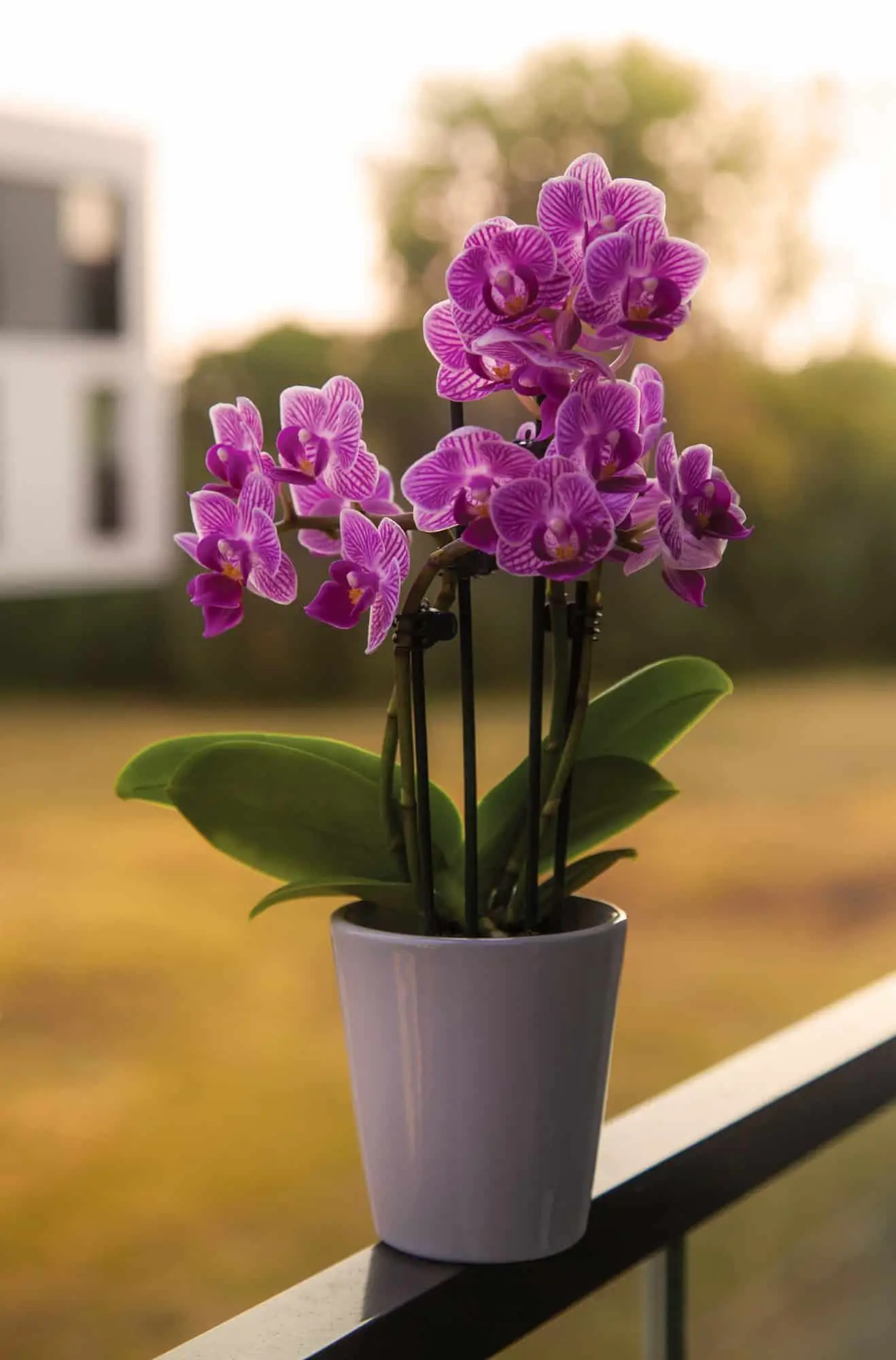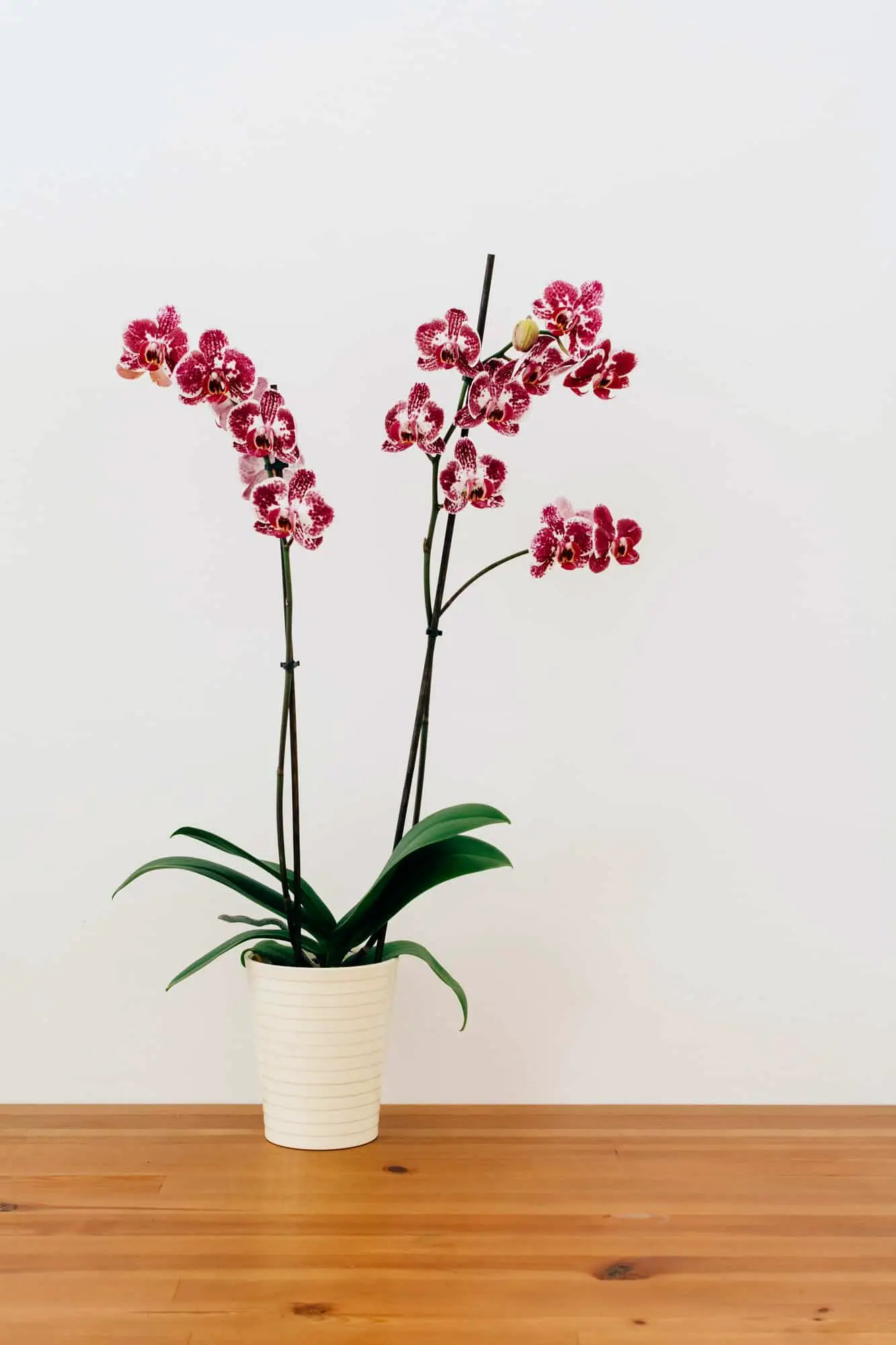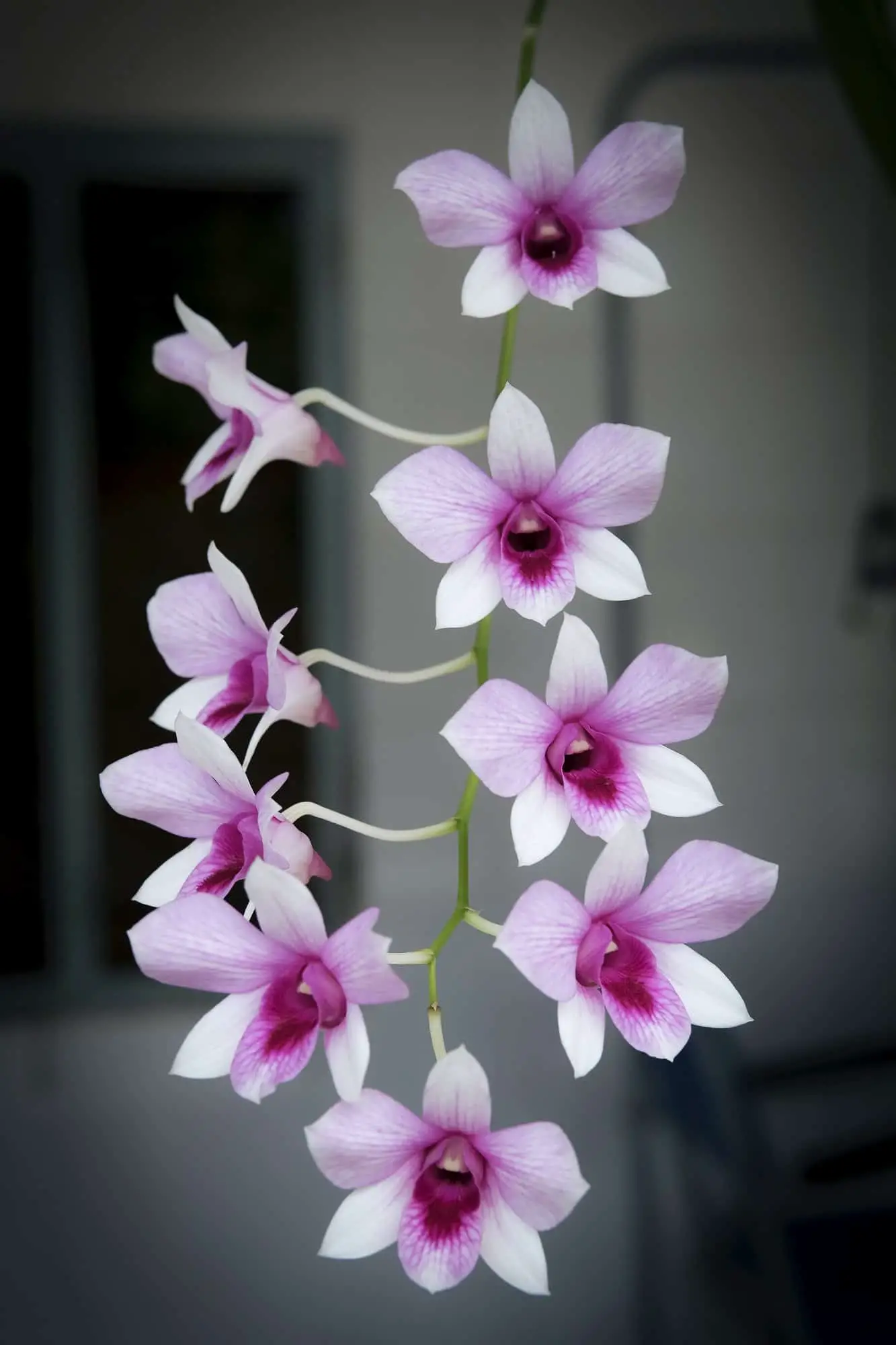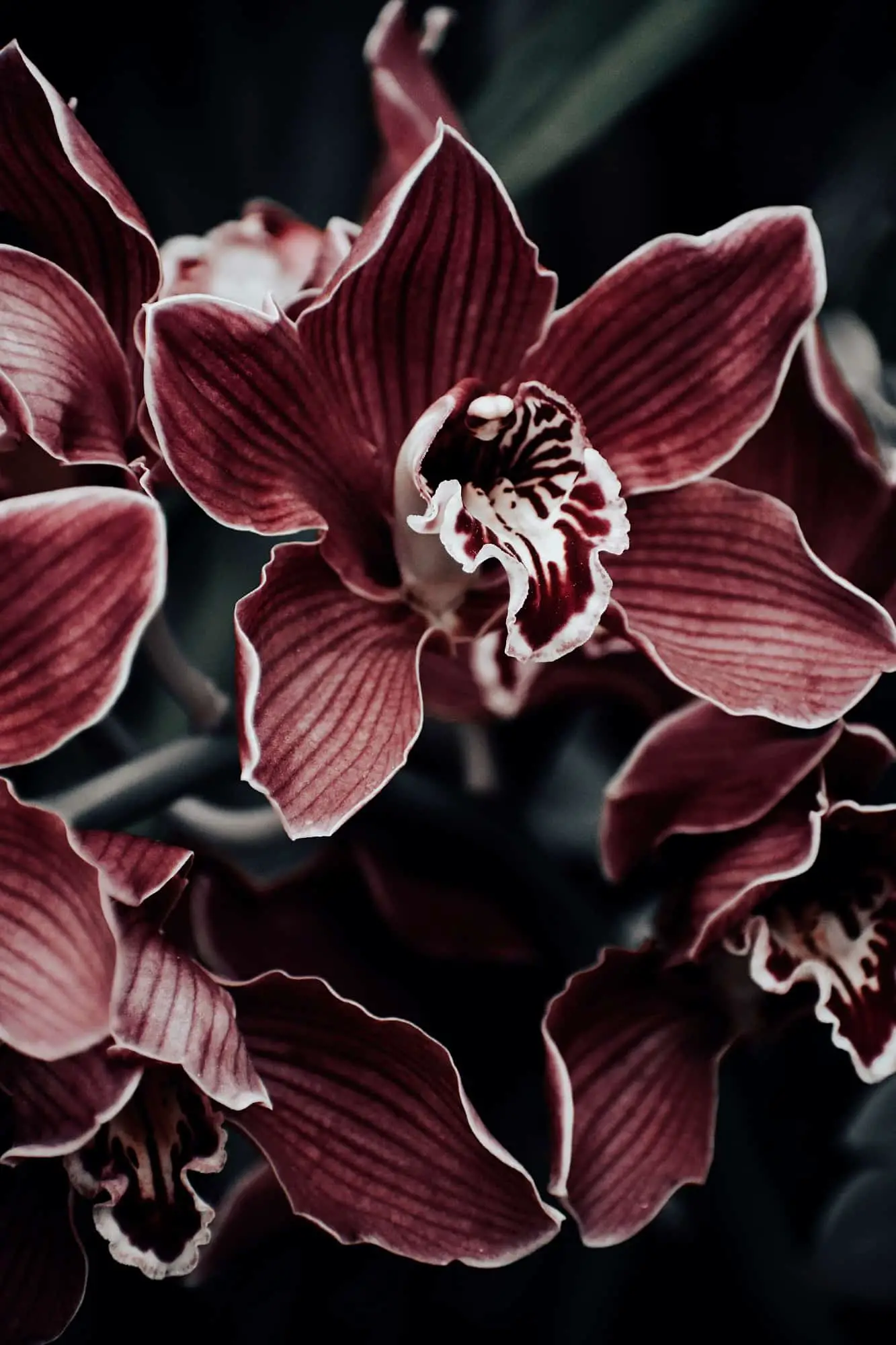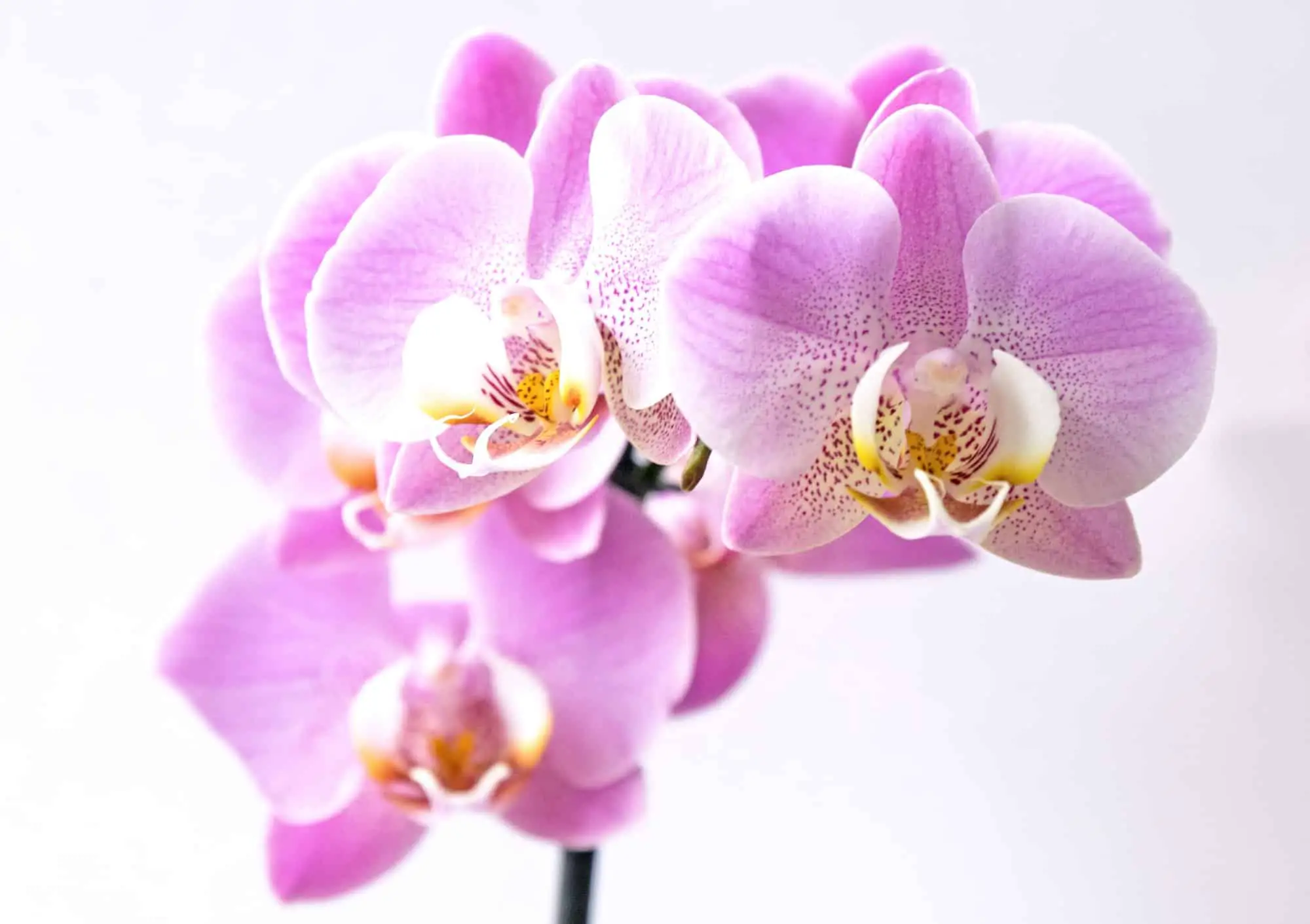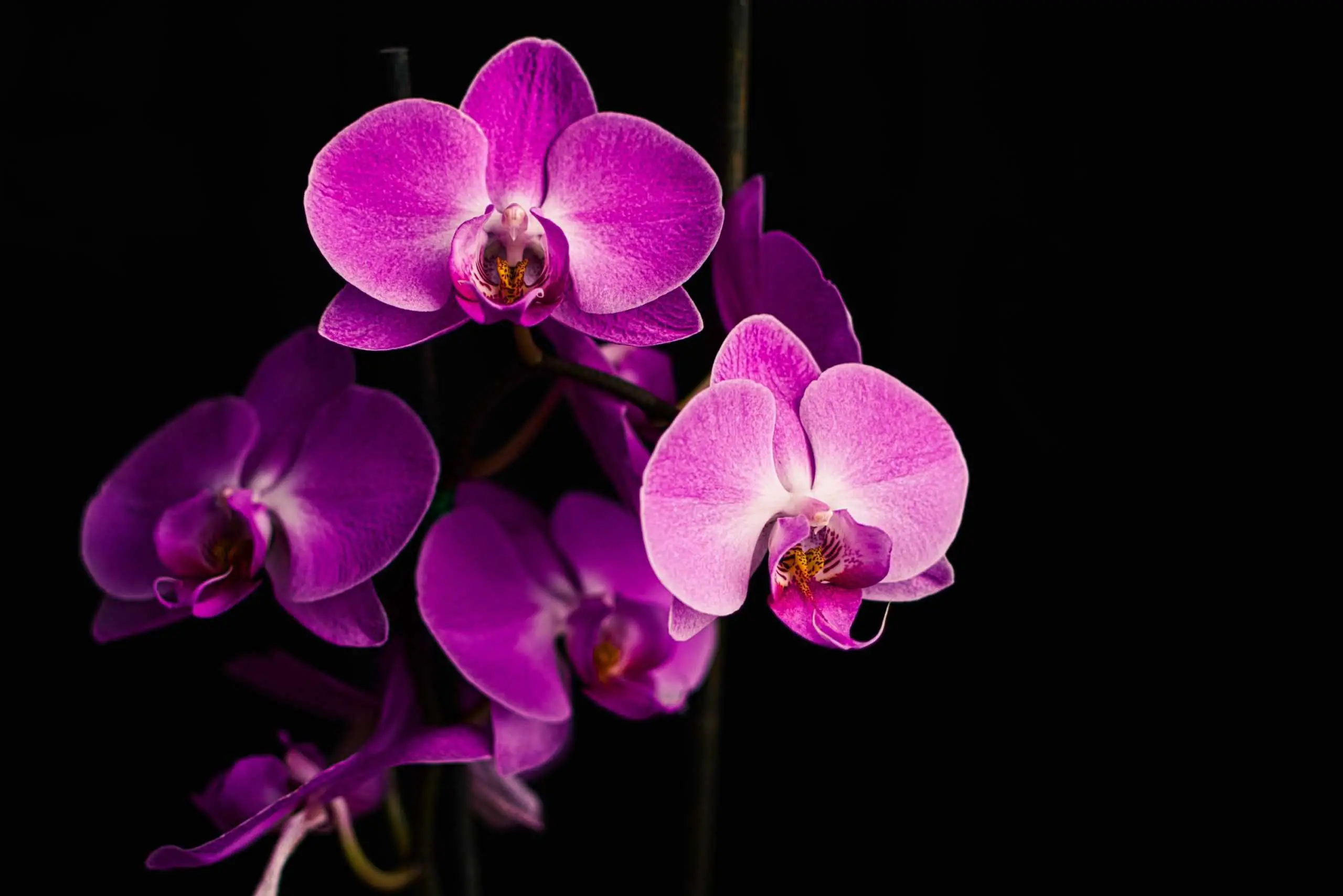Orchids transform any room into a sort of exotic, tropical paradise. For this reason, many people purchase orchids for their beautiful blooms. Unfortunately, these blooms eventually die. After the bloom dies, you can actually keep the plant for its foliage. Alternatively, you can do a few things that will encourage your orchid to bloom again. This process is extremely rewarding, you don’t have to be a super experienced houseplant owner to encourage an orchid to rebloom. Plus, once the bloom dies, you have nothing to lose!
With the right care, an orchid can rebloom. The most important part of encouraging an orchid to rebloom is providing the plant with enough light. Orchids do best in bright shade. Place your orchid next to a south-facing window and soften the light with a sheer curtain. It is also important to make sure that your plant is experiencing a temperature drop of at least 10°F each night. You can do this by placing your plant outdoors (in certain areas) or by turning down the thermostat.
The rest of this blog post will describe, in detail, how to get your orchid to rebloom.
About Orchids
Before discussing plant care, I will talk a little about what orchids are and their native habitat. This will help you understand how to provide your plant with an environment that closely mimics its native habitat.
Orchids are flowering plants that belong to the Orchidaceae family. There are over 28,000 species of plants that are classified as orchids. This makes Orchidaceae one of the largest families of flowering plants in the world. Because orchids cross-pollinate so easily, horticulturists have also bred thousands of hybrids. Although the orchid family is very large, there are very few species actually sold in nurseries and supermarkets. The most common types of orchids sold in stores are Phalaenopsis, Dendrobium, and Oncidium.
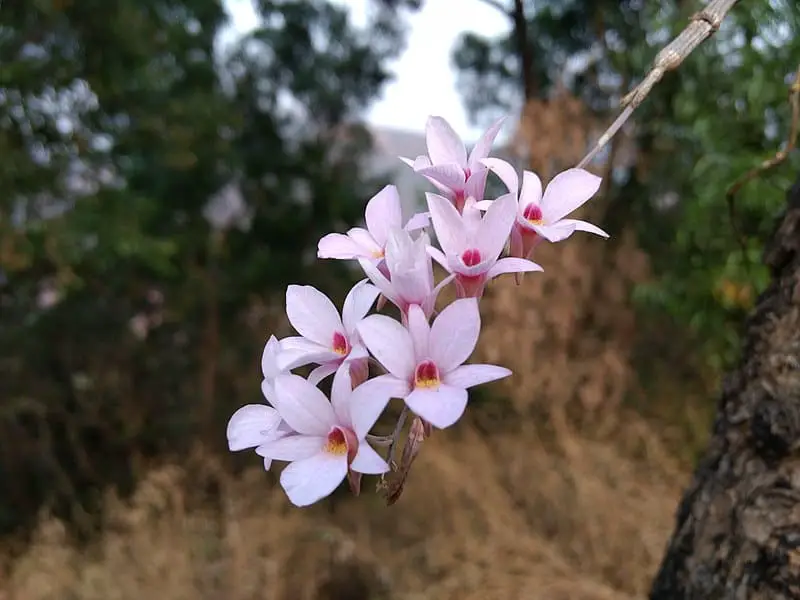
Dendrobium 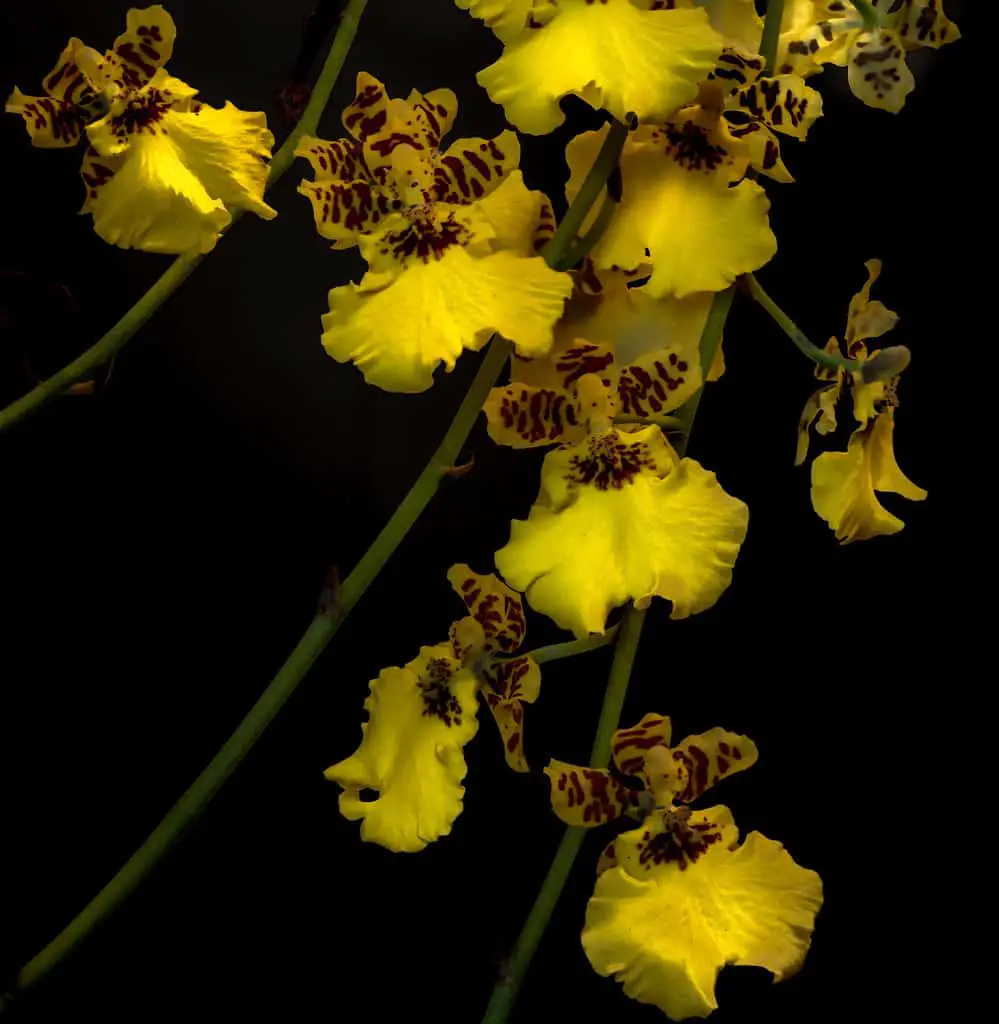
Oncidium 
Phalaenopsis
Wild orchids can be found on every continent except for Antarctica. Most types of orchids are native to tropical or subtropical rainforests.
Many people think of orchids as fussy plants. However, in their native habitat, many types of orchids actually grow as epiphytes or lithophytes. This means they will grow on rocks (lithophytes) and trees (epiphytes) rather than in soil. If you are ever lucky enough to come across an orchid in the wild, leave it alone! It is rare that orchids are successfully transplanted. In addition, many types of orchids are endangered due to jungle clearing and overcollection.
The Importance Of Orchids In Human History
The fascination with orchids is nothing new. Humans have been obsessed with orchids for millions of years. There are records that show that orchid care has been part of a Chinese and Japanese culture for four thousand years. In 3 B.C., a Greek philosopher named Theophrastus wrote a book (Inquiry Into Plants) in which he described some orchids.
In more recent history, Victorians became so obsessed with orchids that orchid hunters battled each other (and died) searching for these flowers. If you are interested in the Victorian orchid craze, I highly recommend listening to the Stuff You Missed In History Class’s episode on Victorian Orchidelirium.
About Orchid Blooms
In general, orchids will bloom once or twice per year. For example, Phalaenopsis orchids will bloom every six to nine months. Blooms can last for weeks or even months depending on the plant. Once an orchid plant has finished blooming, it will enter a state of dormancy. This dormancy state will last for several months. In general, orchids are most likely to bloom during the fall.
To encourage blooming, it is important to help the orchid come out of its dormancy state by providing the plant with proper care. These care requirements will be discussed in further detail below.
How To Get An Orchid To Rebloom
After your orchid’s bloom dies, there are a few things you need to do before the next flower will bloom. First, cut off the flower stalk at the base of the plant. Then remove the orchid from its pot and trim off any dead or dying roots. Use sterilized garden shears to remove the dead plant material. This will minimize the chance of disease.
Finally, make sure that you are putting your orchid in an environment that will encourage blooming. This involves making sure the lighting, temperature, and care are appropriate. Each of these items are described below.
Lighting Requirements For Orchids
Light exposure is an extremely important aspect of flower bud formation. Insufficient light is the most common reason for orchids not blooming again.
Leaf color will indicate whether your orchid is getting enough light. Although a dark green color is desirable in most houseplants, dark green leaves are a sign that an orchid is not receiving enough light. If you want your orchid to rebloom, it is important that the plant’s leaves receive enough sunlight to turn light or medium green. An orchid that is ready to bloom may even have lights with yellow tones.
So how much light is enough? Ideally, your orchid should be placed next to a south-facing window. Use a sheer curtain to soften the light intensity. This will mimic the environment in their native habitat. If you do not have access to a south-facing window, you may need to supplement sunlight with artificial lighting.
Best Artificial Lighting For Orchids
If you are struggling to provide your orchid with enough light, consider using compact fluorescent lights (CFLs) to supplement the natural sunlight available in your home. CFLs are the most common type of artificial lighting used by professional orchid growers. This is because CFLs produce less heat and softer light than some other types of artificial lighting.
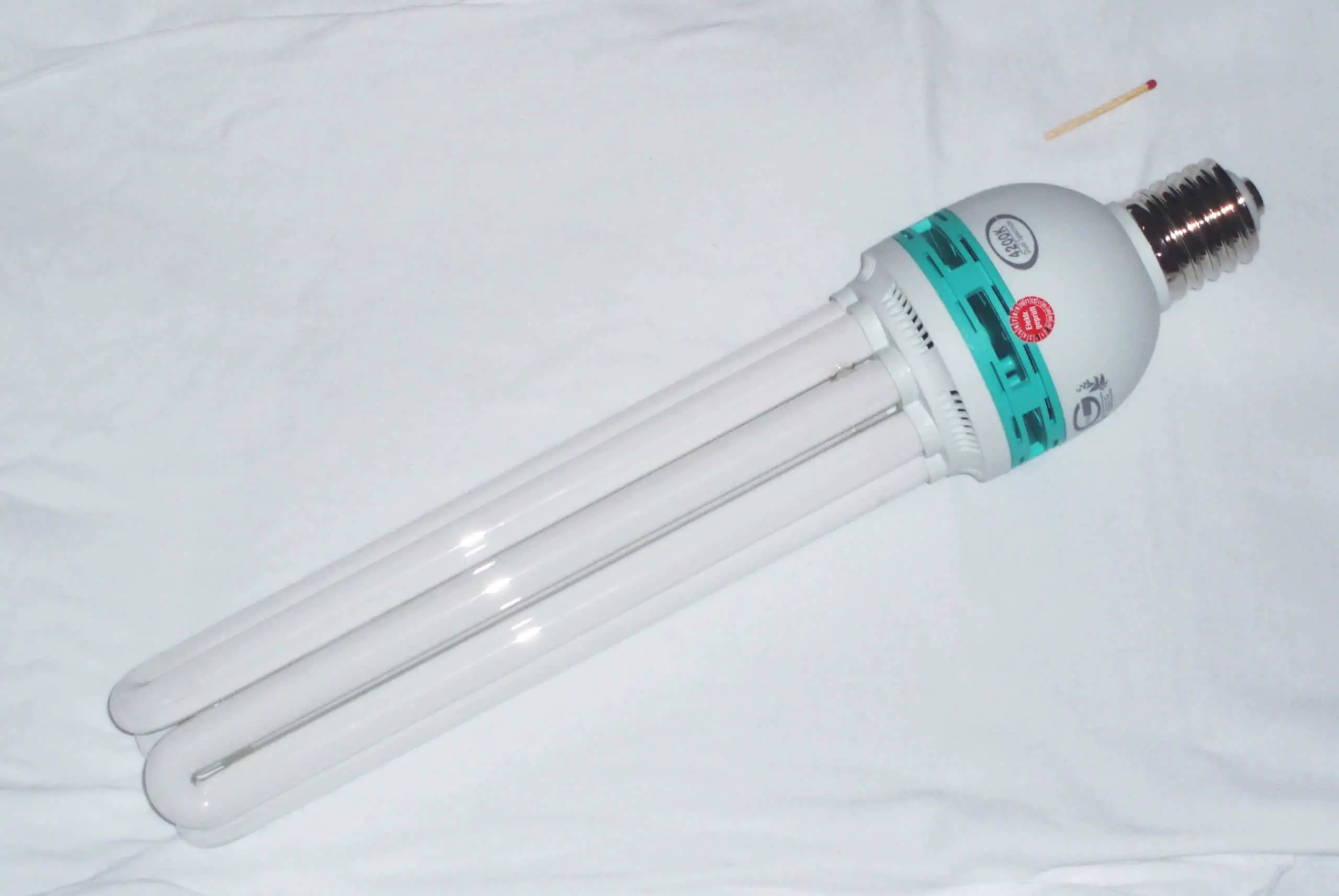
For a single plant, a 45 watt CFL bulb would work well. However, you could use a bulb that produces up to 250 watts of power.
Watering Orchids Properly
Improper watering can also impact an orchid’s ability to rebloom. A dormant orchid is not dead, it is simply resting. For this reason, it is important to continue watering your orchid. Allow the roots to completely dry between watering sessions. Many gardeners and orchid experts recommend watering your orchid once per week, but it may take a little longer for the roots to dry out depending on your home.
When watering your orchid, use room temperature water. In addition, try to avoid allowing water to get in the area where the stem and leaves intersect as this can promote rot.
Fertilizing Orchids
It is highly unlikely that fertilizer will significantly impact an orchid’s ability to rebloom, but it definitely does not hurt. According to the American Orchid Society, you should use the weakly weekly approach. This approach involves fertilizing your orchid once a weak with a dilute fertilizer solution. A balanced fertilizer works well, but most houseplant fertilizers will work well. Just make sure the fertilizer does not contain urea.
I would not start fertilizing your plant every week without seeing how it responds to fertilization. I recommend fertilizing monthly or every two weeks to see if it improves plant growth. It is best to err on the side of under-fertilization rather than over-fertilization.
Do not fertilize a dry plant. It is best to water your plant before applying fertilizer. This will minimize the chance of fertilizer burn.
Ideal Temperature Range For Orchids
Orchids are classified as warm, intermediate, or cool growers depending on their temperature needs. The table below lists the ideal temperature range for each group of orchids. This information was obtained from the American Orchid Society’s website.
| Classification | Daytime Temperature | Nighttime Temperature |
|---|---|---|
| Cool | 60-70°F | 50-55°F |
| Intermediate | 70-80°F | 55-65°F |
| Warm | 80-90°F | 65-70°F |
The orchids you purchase in the store tend to do well in typical indoor temperatures. However, commonly available orchids also have different temperature requirements when it is time to bloom (typically in the fall).
The orchids commonly sold in big box stores and supermarkets need to experience even cooler temperatures at night to grow flower buds. If you have placed your orchid near a window, they are probably experiencing a temperature drop at night. However, this may not be enough. If you want to encourage blooming, try turning your thermostat down about 10°F at night.
Some types of orchids may need even more dramatic temperature drops at night. For example, Cymbidiums, which are commonly referred to as Boat Orchids, need cooler nighttime temperatures (30°F and 50°F) to bloom. These types of orchids should be placed outside in late summer/early fall to promote blooming.
Related Question
When should I re-pot my orchid?
If you are having trouble getting your orchid to bloom again, it is probably time to re-pot your orchid. Gently remove your plant from its pot and use clean garden shears to remove dead plant/root material. Then put your plant back in its pot and add orchid bark around the roots. Do not put your orchid in a larger pot. Orchids like to be snug and pot-bound.
Use orchid bark as the growing medium when you re-pot. Orchids need very good drainage to survive. When I was a brand new to orchids, I re-potted my orchid in regular potting soil you can purchase from a big box store. The plant died within a few weeks. The decline was so fast, it was kind of amazing (but not in a good way).
Can orchids be grown outdoors?
Orchids can be placed outdoors during the warmer months and should be brought back inside when the temperature drops down into the 40s. Just make sure you do not put your orchid in a spot where it will be exposed to direct, intense sunlight.

